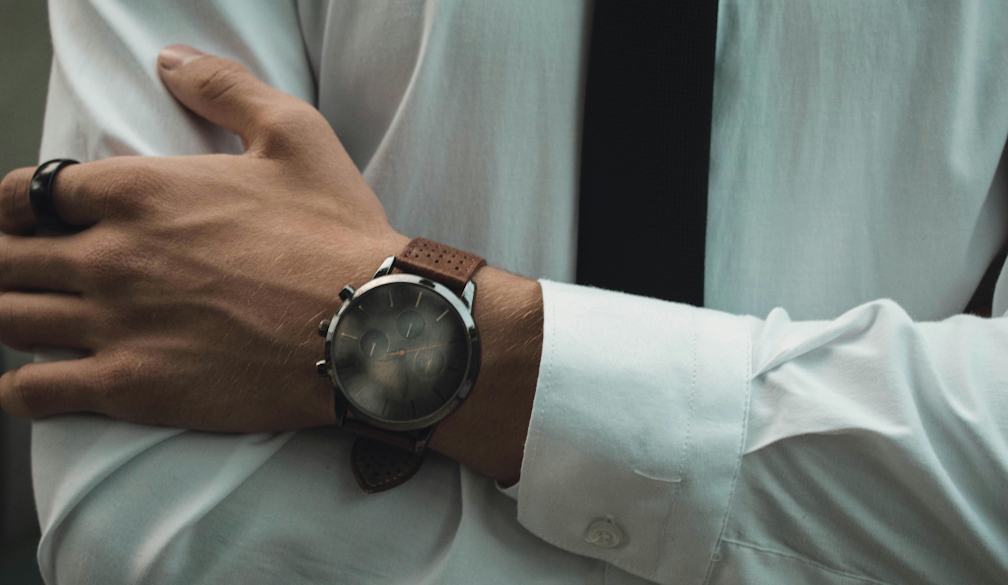Spring Into Style: Men’s Warm-Weather Fashion

As we move into the warmer months, it’s time to swap out winter layers for lighter, more breathable pieces. This season, Aussie menswear is all about comfort, flow, and understated sophistication. Here’s a quick breakdown of what’s trending in Spring/Summer 2025.
Fabrics & Textures
• Linen & Cotton: Lightweight, breathable and ideal for hot days. Look for relaxed shirts, tailored shorts, and breezy trousers in linen or cotton-poplin blends.
• Mesh & Technical Materials: Open-weave knits and sporty fabrics offer airflow with a modern edge.
• Natural Touches: Woven textures, raffia details, and soft suede pieces add subtle visual interest.
Key Silhouettes
• Relaxed Tailoring: Unstructured blazers and wider-leg trousers bring polish without the heat.
• Tailored Shorts: Mid-length, minimal styles that work for smart-casual looks.
• Sleeveless Layers: Tanks and mesh singlets layered under open shirts are big this season.
Colours & Patterns
• Earth Tones: Sand, olive, terracotta, stone - natural colours dominate.
• Sea-Inspired Shades: Deep blues, aqua, and teal add freshness.
• Soft Prints: Subtle stripes, small botanicals, and washed-out patterns bring personality without overwhelming.
Accessories & Footwear
• Leather Sandals & Slides: Sleek yet breathable. Fisherman styles are especially popular.
• Light Hats & Sunglasses: Straw or bucket hats + bold sunnies for both function and flair.
• Woven Belts & Light Jewellery: Small accents in natural materials complete the look.
Quick Styling Tips
• Mix casual with tailored pieces (e.g. blazer + shorts).
• Keep layers light and tonal.
• Prioritise breathable materials and sun-smart styles.
Men’s fashion this season is all about ease, versatility and understated style. Think natural fabrics, relaxed fits, and pieces that move with you-whether you’re heading to the foreshore or dressing for an outdoor event. Lean into simplicity, and let texture and tone do the talking.











